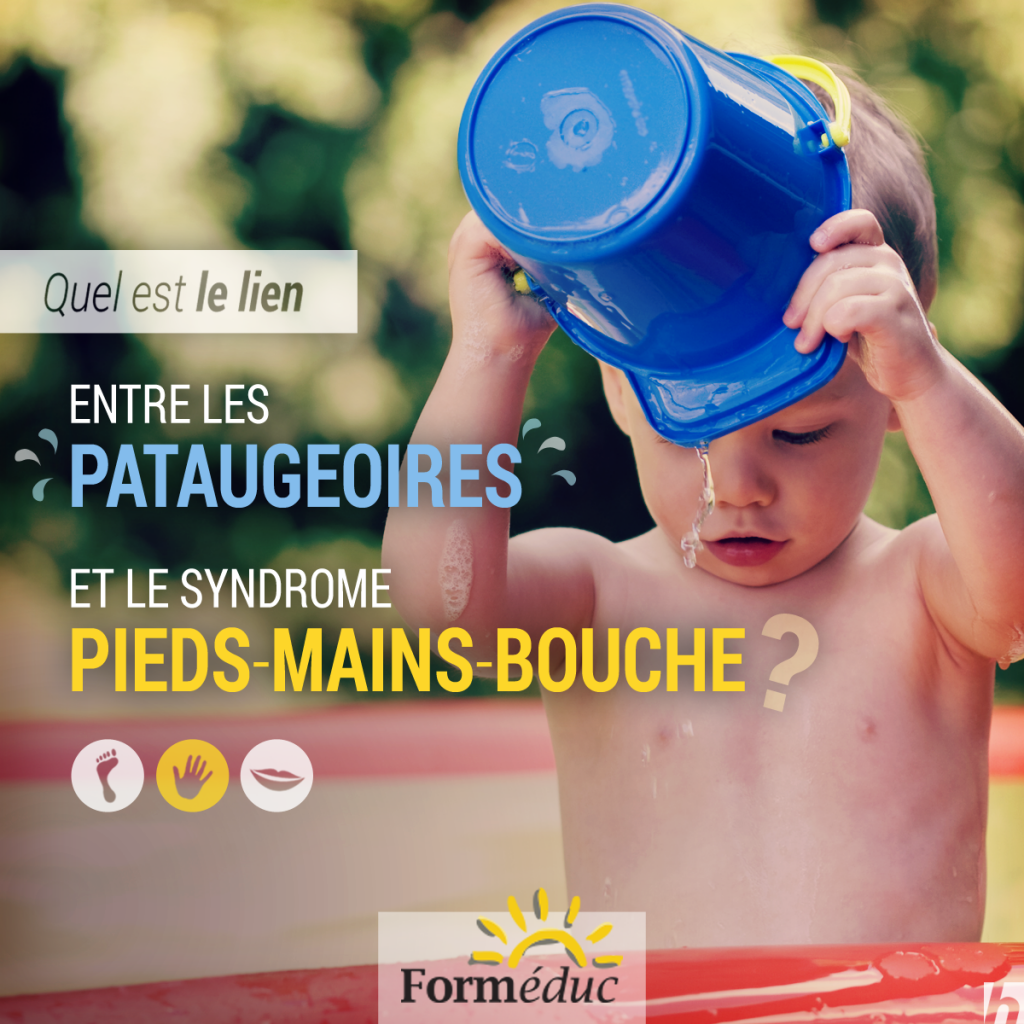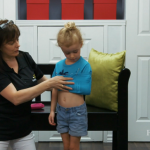

- 6 August 2020
- |
- Andrée Bouchard
Hand-foot-and-mouth syndrome is a common viral infection that mainly affects children, although adults can also be affected. It is generally a mild disease, characterized by blisters on the palms of the hands and soles of the feet, and ulcers in the mouth.
Hand-foot-and-mouth disease is most contagious during the first week of illness. It is spread by contact with the saliva or stools of an infected person. Microbes can be deposited on a person’s hands or on objects, then transferred to the mouth and cause infection. The virus can be found in a person’s stools for up to 4 weeks after the onset of illness.
What’s the link between paddling pools and illness?
Mouth-foot-and-mouth disease is an infection caused by the Coxsackie virus, one of a group of viruses known as enteroviruses. These viruses, which are resistant to acidic pH and gastric acidity, can multiply all along the digestive tract (from the throat to the intestine) and are therefore present in stools. Although the virus can be coughed up, fecal-oral contamination via food or water contaminated with the virus is most common, and is favored when children share the same wading pool, due to the fact that they sit in the same water and swallow it as they play. This also explains why there are more cases of hand-foot-and-mouth disease in summer and early autumn.
What are the symptoms of hand-foot-and-mouth disease?
Some children show no symptoms at all; in other cases, the following signs may be observed:
- Fever;
- Headaches;
- Sore throat (which may lead to loss of appetite);
- Vomiting or diarrhea;
- Small, painful ulcers in the mouth;
- A skin rash that appears as red spots, often topped by small blisters, on the palms of the hands, soles of the feet, buttocks and sometimes other parts of the body.
Benign, hand-foot-and-mouth syndrome does not usually lead to exclusion from daycare.
How can I prevent the virus from spreading?
To reduce the risk of contamination, here are a few steps to take:
- Empty and disinfect paddling pools after each use;
- Clean and disinfect toys regularly, especially those that children put in their mouths;
- Water games rather than paddling pools
… And remember that hand-washing is still the best way to prevent infection.
Sources: Montreal Children’s Hospital
Public Health Agency of Canada
Canadian Paediatric Society




